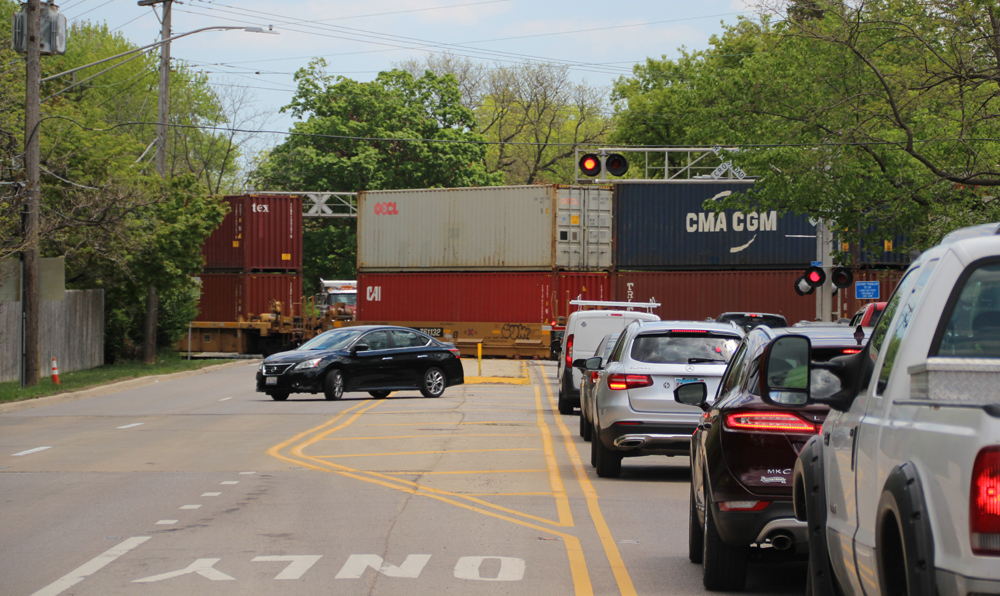
WASHINGTON — The U.S. Supreme Court has asked the federal government to offer its view on an effort by states to regulate how long railroads can block grade crossings.
The Kansas City Star reports that the invitation means the court might address Ohio’s appeal of a lower-court ruling that blocked the state’s blocked-crossing law. The Supreme Court declined to hear a similar case last year that saw an Oklahoma law overturned by a U.S. appeal court [see “Federal court strikes down Oklahoma blocked-crossing law,” Trains News Wire, Jan. 14, 2022, and “Supreme Court won’t hear …,” News Wire, June 22, 2022].
Ohio’s Supreme Court overturned that state’s blocked-crossing law last year [see “Ohio Supreme Court strikes down …,” News Wire, Aug. 18, 2022]. Ohio has appealed that ruling to the Supreme Court, and 19 other states have filed a brief supporting that appeal [see “Kansas attorney general joins group …,” News Wire, Dec. 23, 2022].
Lower courts have long ruled that state and local laws regarding blocked crossings are preempted by the federal laws regulating interstate commerce, but the states argue that Congress has failed to act regarding blocked crossings, and Ohio argues that courts have misinterpreted the act which dissolved the Interstate Commerce Commission and created the Surface Transportation Board. The states argue the blocked crossings constitute a safety risk because they can prevent or delay first responders’ reactions to emergency situations.






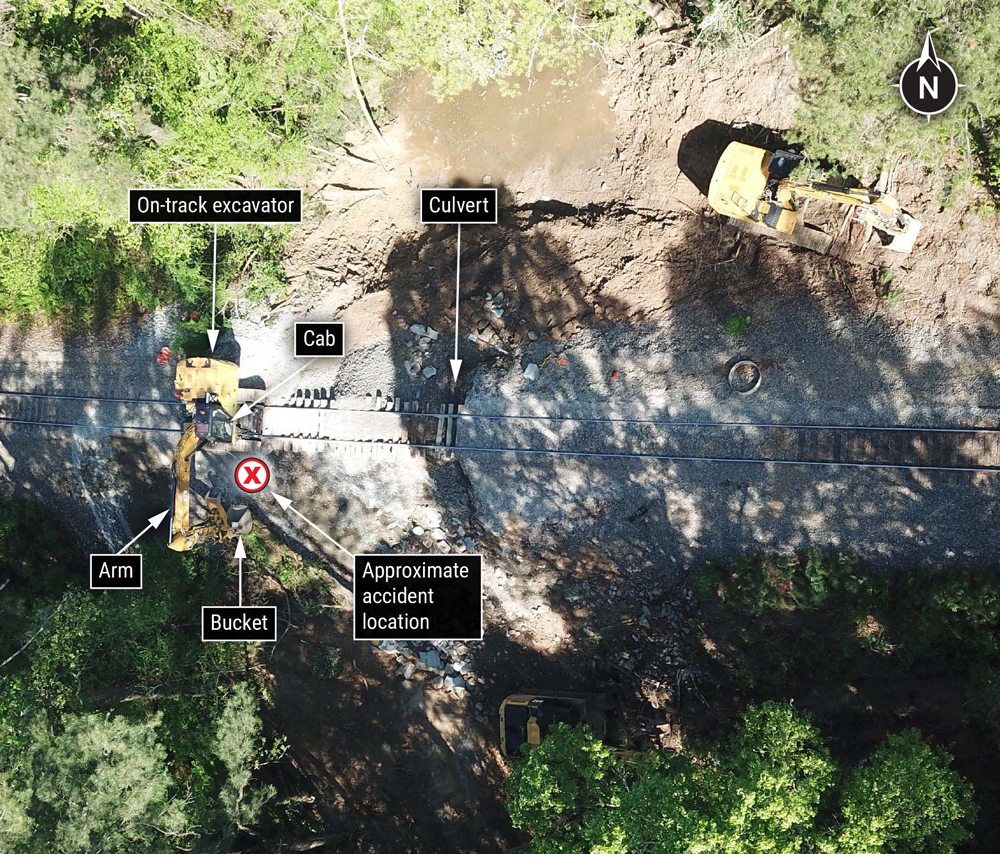
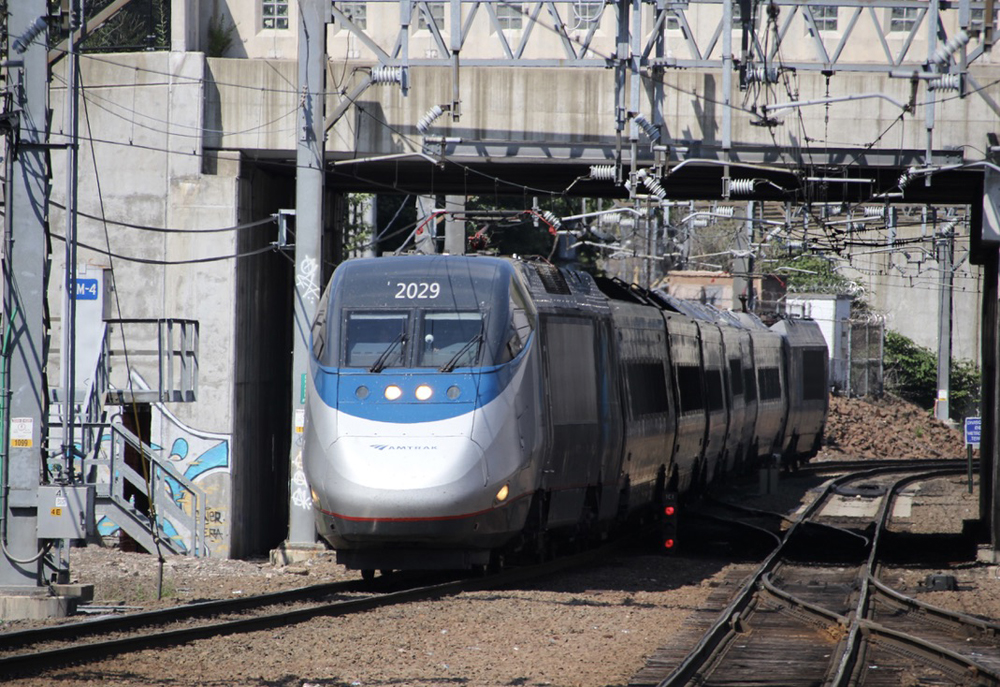
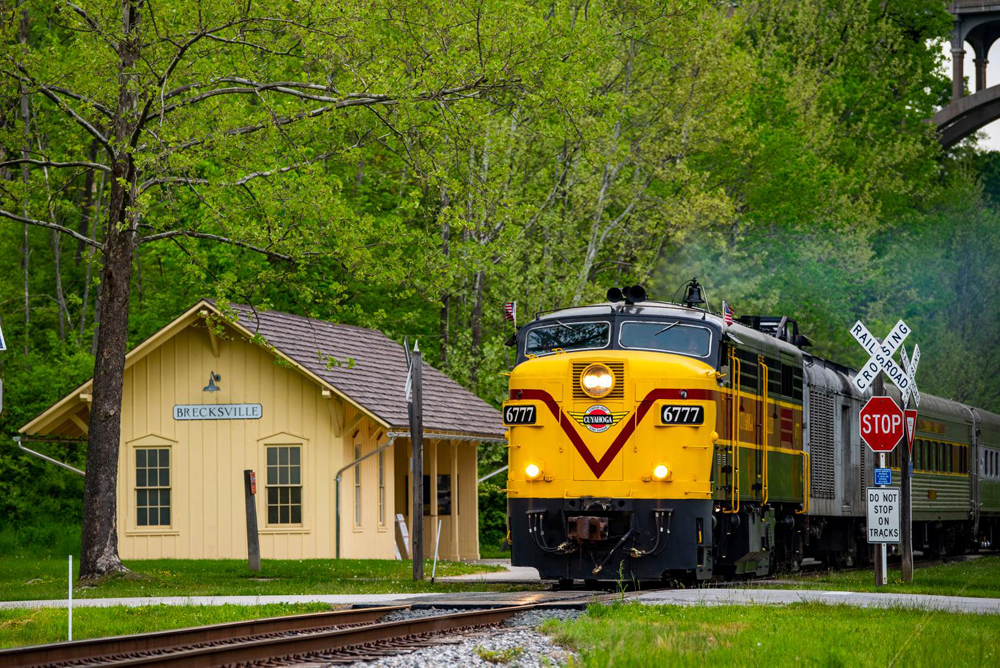
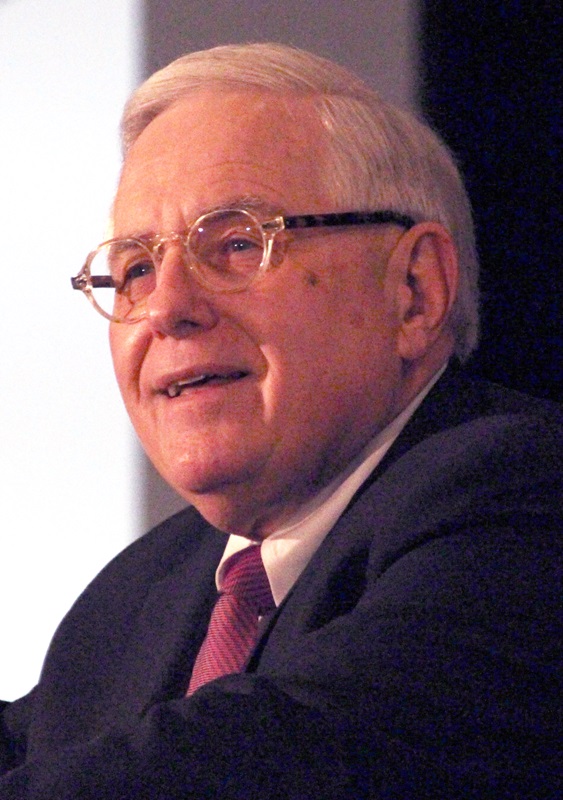




1st-These European countries with shorter trains carry MUCH less freight by rail. Also operating on older loading gauges…everything is smaller. No 8 Mile long intermodal terminals.
2nd-I am also amazed at how dumb local drivers are even in my smaller city/town. People who have lived year longer than a year don’t even know routing shortcuts to avoid a blocked crossing with ease. Nor can they even find Wal-Mart without a navigation instruction.
Intersate Commerce…is not and was not the sole purpose of the ICC, the ICC was created to regulate railroads and their duties. Interstate commerce is governed by a completely different set of regulations, which cover not only railroads, but OTR, water freight and air freight and any other mode that might move commodities between states. I’m surprised SCOTUS does not already know that…that is their job after all!
If scotus rules, they most likely will go with “who came first?” to determine the R/W that can stay and who has to get out of the way. This will be expensive for everyone, and no-one will be completely happy.
Think about this: if a train should to into emergency braking, how many crossings might they have blocked. As a railroader, to cut each crossing before 15 minute time limits or whatever, each train would be required to have an employee following along with the train. Incidents happen while a train is moving cargo such as broken air hose lines that automatically apply the brakes on a train. For today’s 2 person crews and 2 to 3 mile trains, a conductor walking his stopped train would take quite some time. Also, when a hot box detector alerts a train passing over the number of wheels back in the consist that set the detector off, the train must be stopped. The car which is identified by the detector must be examined, including 5 cars ahead and 5 cars behind the detector identified car. A conductor walking his train can take quite some time. Who cuts the crossing? The train can’t move until the air is pumped back into the entire consist and the brakes released. No forward or reverse movement can occur until these steps are followed.
People are impatient after 15 minutes of staring at a stopped train. Not understood by most is that there is a lot more to operating a train, especially 2 or 3 miles long, than just automatically starting and stopping the train. There is a reason that most trains block crossings. An unacceptable reason is when a trainmaster is holding the train from entering a yard because of switching or whatever needed to clear a track so this train can be yarded. This appears to occur often with today”s PSR. Every train passing a yard these days is subject to adding cars so the yard can be cleared and the train continue on it’s schedule. PSR has brought safety training to be fast-forwarded, all for the bottom line. Look for more incidents happening because there is a lack of proper understanding and safety training replacing furloughed, seasoned crew members. All for the mighty $$$$$$$.
So maybe the solution is not to have 2-3 mile long trains? I mean, the Europeans are pretty good transporting freight using shorter trains. Now I know this is “‘Murica” (F—, Yeah!), and we can’t even consider doing something here that has been shown to be successful elsewhere (‘cuz We didn’t come up with it — American Exceptionalism and all). But might doing something like this be preferable to having the heavy hand of (re-)Regulation come down on the railroads heads (or some other part of their anatomy)? YMMV, but I think the taste of a bit of humble pie might be better than the bitter taste caused by a heavy dose of Regulation.
With the advent of 2-3.5 mile long trains it is time that something be done by legislation.
Yes, something needs to be done, but not regulating the length of trains…instead force these states and towns to ELIMINATE the grade crossings entirely…that is what needs to be done, that is the ultimate in safety.
I am reminded of a similiar SCOTUS request regarding a case that’s still referred to as “The Betamax Case”. The first time, SCOTUS referred the case back to the lower court with the legalese admonition to the plaintiffs of “We will hear this in the fiture if you really want us to. But, you may regret the outcome.” And, the VCR came within one SCOTUS vote of being ruled illegal.
I have a feeling that the efforts by states and localities to regulate interstate commerce will bring them an undesired regulatory fate when SCOTUS has to rule.
So other towns will have to learn the hard way what Ashland, Mass. and other places earlier learned. You got to have public safety services on BOTH sides of the tracks! Having a patchwork quilt of laws all with different time limits and Lord knows what else would make a mockery of having a transportation “network”. Next you would have FIVE-MAN crew laws! Yes, it sounds like Our Industry “Railroading” the Public yet again but it’s the nature of the beast so to speak. Like when Massachusetts tried to prevent Right Turn on Red in 1979 and only yielded when faced with loss of federal funding. This sort of regulation is on the national level. Yes, it sounds like what happened with US bankruptcy laws. (In a nutshell, the US Constitution made bankruptcy law a federal duty yet it took Congress a century to come up with a workable law they could keep in place. In the meantime the several states tried to cope with this vacuum by having “equity receivers” and such like. Eventually Congress in 1893 and 1898 codified what the states seemed to be doing–mostly–in Bankruptcy Acts that stuck. The railroad industry was in the forefront of getting that done.)
My home area is split by Canadian Pacific tracks at grade. Each city, town or village has its own fire and police department, but the 911 call center is county-wide. When the county gets a call, it gives it to whichever emergency service can respond from that side of the tracks, regardless of which city, town or village the call comes from.
I wouldn’t use the Massachusetts Right Turn on Red prevention as a good example, there must have been something else that was included with that that ended up being the real reason the state was threatened with losing it’s Federal funding…especially since it was already in place in California at the time, with restrictions, but at many corners here it was illegal to turn right on a red light and you would get a ticket and a point against your record.
I certainly do not want the nitwit NIMBYs of the likes of Barrington, IL dictating national transportation policy.
It’s sad, Jim. It really is. In the 1989 film “Lethal Weapon 2,” the police are up against a group of South African diplomats who are acting like a cartel, and the leader cites “Diplomatic Immunity” every time the police get near them – basically proclaiming that since the S. Africans are diplomats, they can carry on their illegal and murderous operation.
I have this image of the late E. Hunter Harrison and his disciples smugly citing “Interstate Commerce” every time state-related issues like this come up. However (spoiler alert), at the end of the movie, the lead diplomat shoots and wounds Mel Gibson’s character, then holds up his S. African credential to Danny Glover, once again proclaiming immunity. From long range, Glover’s character shoots and kills the diplomat, and says, “(It’s) just been revoked.”
Sure, it was just a movie – but there’s a very real and cautionary tale here for the railroads. The public – and public officials – are not in the mood for more of the same. Either do the right thing, or it will be done for you.
Love it. Charles! 🙂
What is the right thing? As if states and cities have no options? How about states and cities do the right thing and start ponying up money for grade separations. In most if not all cases the Railroad was there FIRST, so who has the responsibility of making sure the city isn’t cut in half? The railroad…no, how about the town or city that decided to expand on BOTH sides of the railroad instead of just sticking to one side of the tracks!
Another example of stupid railroad tricks. Here is a serious (and legitimate) issue and the railroads fall back to the same old stupid position they have had for 50 years. May I respectfully suggest that as a career railroader a small amount of public empathy, understanding and compromise here by the stupid railroads would go a long way. Instead by digging their heels in once again the stupid railroaders are inviting a draconian government-imposed solution, something in the end that will be far worse than the original compromise position. God save us from stupid railroaders who keep shooting themselves in the foot!!!